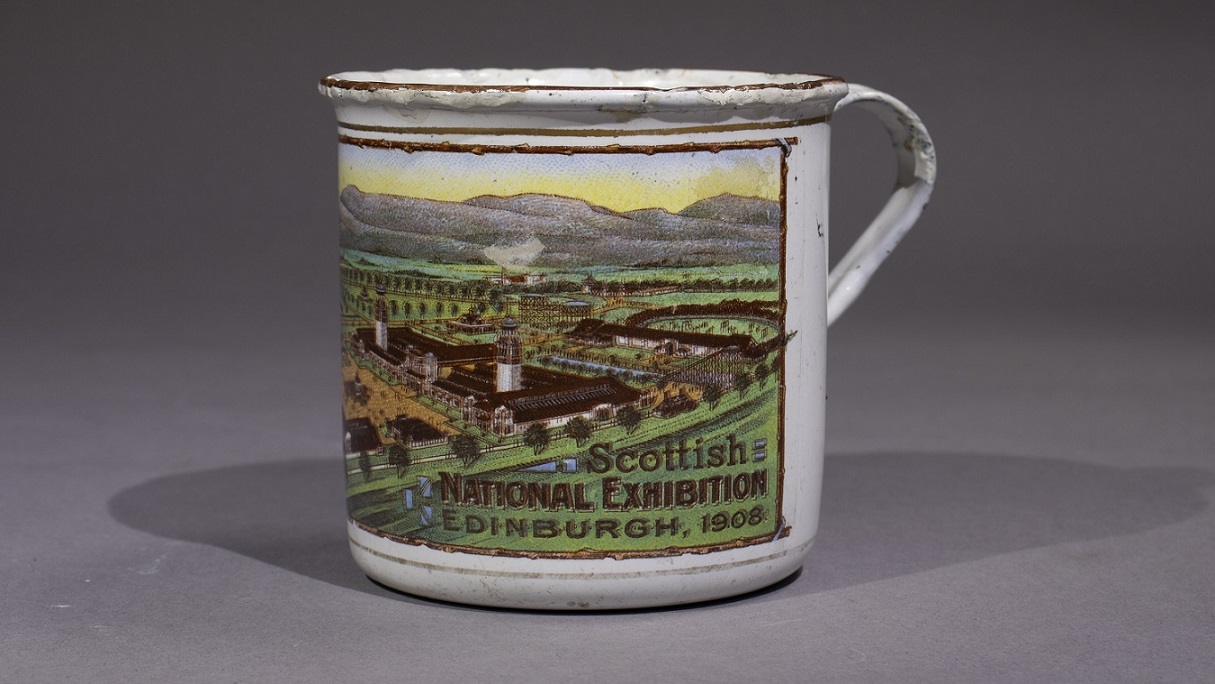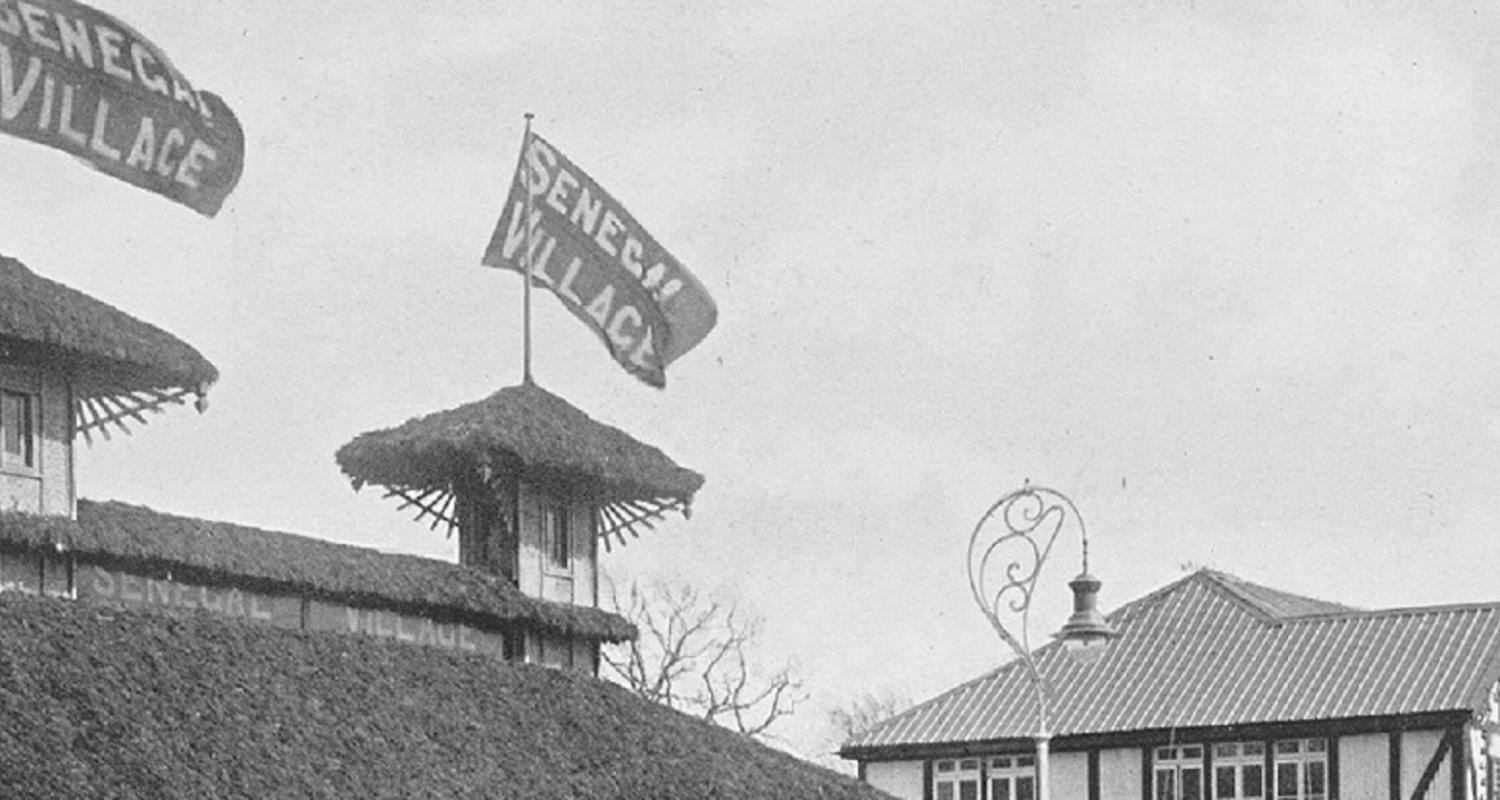Social History curator Gemma Henderson explores the concept of 'Human Zoos' as part of International Exhibitions in the 19th and early 20th centuries.
What was a ‘Human Zoo’?
Human zoos or ‘ethnological exhibitions’ were a phenomenon that gripped the Western world in the late 19th and early 20th centuries. While such exhibitions were not entirely new, they gained momentum in the 1880s due in part to the popularity of circus ‘freak shows’ and the spread of colonialist attitudes. Human Zoos, masquerading as educational and entertaining events, were in reality de-humanising spectacles that showcased non-European cultures in a manner akin to animals in a zoo. Edinburgh, like many European cities, was not untouched by this trend. In this blog we will delve into the history of human zoos in Edinburgh.
The rise of ethnological exhibitions
The concept of displaying people as ‘human curiosities’ dates back as far as the 16th century. However, it was in the 19th century that these exhibitions took a particularly grim turn. The circus ‘freak show’ spectacle, epitomized by figures like P. T. Barnum, played a significant role in popularising ethnological exhibitions. By the 1870s these exhibitions had evolved into the public display of ‘exotic populations’ in settings that simulated a ‘natural habitat’.
Human zoos or ethnological exhibitions were touted as opportunities for the public to experience other cultures without travelling to distant lands. However, beneath this veneer they were a reflection of the deeply ingrained colonialist attitudes of the time. Rather than fostering understanding, they perpetuated harmful stereotypes and dehumanized non-European cultures.
You can see images of the Senegalese Village and other features of the 1908 Exhibition on the Capital Collections site.

The 1908 Scottish National Exhibition
Edinburgh, like the rest of Europe, hosted human zoos. The 1908 Scottish National Exhibition, held at Saughton Park, featured a ‘Senegalese Village’ as a side show attraction. This recreated village housed around one hundred men, women and children brought from their homes in Senegal. The village was designed to mimic their homeland and visitors could observe their ‘daily lives’, including traditional ceremonies, hunts and battles – all choreographed by exhibition organisers.
The 1908 ‘Senegalese Village’ was organised through an arrangement between the French Governor of Senegal and the principal amusement concessionaires for the event, a company called Popular Amuseuments Ltd. Individuals from various tribes in Senegal were selected to represent different aspects of their home life, such as warriors, dancers, musician and craftsmen. A tribe chief, a man named Pathe Thiam, oversaw their well-being. Tragically, during their time in Edinburgh, one elderly tribeswoman passed away, while a baby girl was born and named ‘Scotia Reekie’ in honor of her birthplace.
The legacy of the Exhibition
The 1908 exhibition lasted only six months but attracted over 3.5 million visitors. Its success led to the establishment of a more permanent park at Portobello, known as Marine Gardens. Such was the popularity of the ‘Senegalese Village’ that a new ‘Somali Village’ was established at the site. It followed the same form but housed around 70 Somali nationals. The site remained open until it was taken over by the military as a base during World War I.
The ethnological exhibitions of Edinburgh were not isolated spectacles, but were instead part of a larger trend in Europe, with similar displays taking place in France, Belgium and Germany during this era. The popularity of these exhibitions waned after World War I, with the last known example being the Congolese Village displayed at the 1958 Brussels World Fair.
The legacy of Human Zoos
Although these exhibitions were presented as a blend of entertainment and education, they perpetuated harmful stereotypes and dehumanized non-European cultures, further entrenching the colonial ideologies of the time. Acknowledging this history is essential for understanding the city's past and working toward a more inclusive and equitable future. Edinburgh's encounter with human zoos serves as a sobering reminder of the need to confront the dark chapters of history to prevent their repetition in the future.
